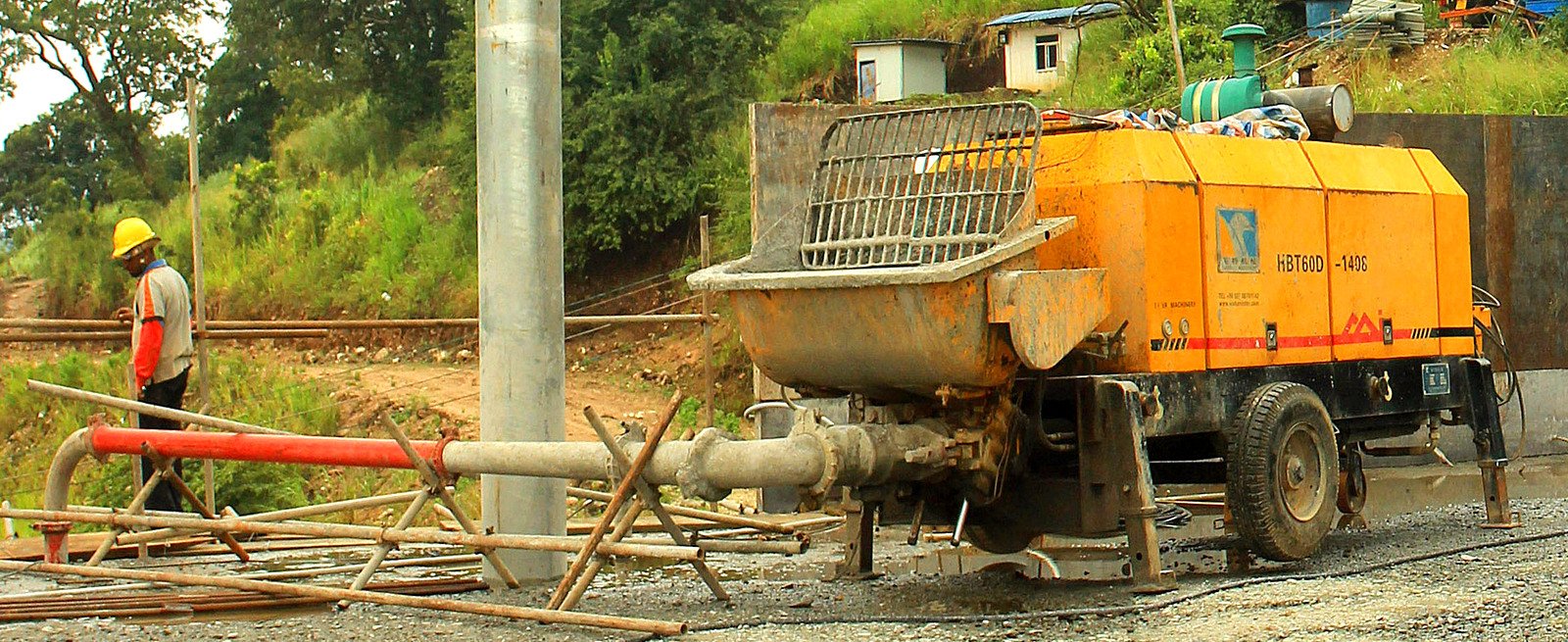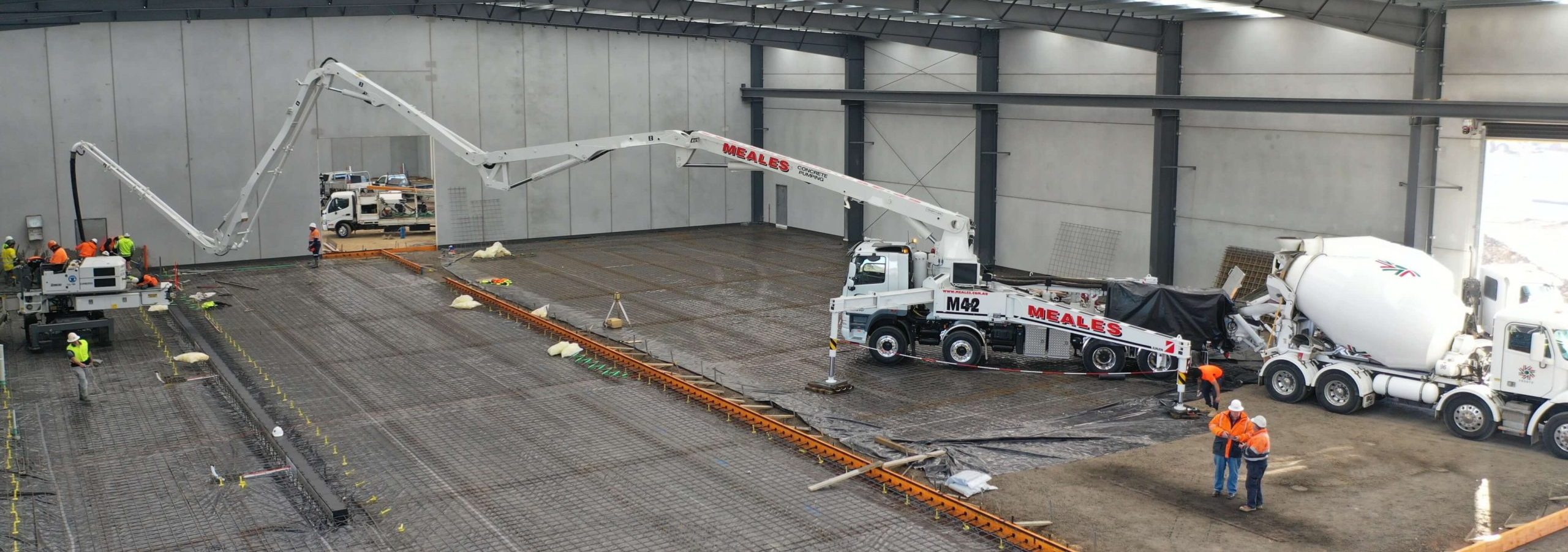Concrete pumping is widely used in the construction of medium to high-rise buildings. Manual placement of concrete is impossible as a larger volume of concrete is required and the concrete needs to be moved to different levels from time to time as required.
What is concrete pumping?
When pumping concrete, the concrete is mechanically transported to the desired location. A pump is used to move the concrete from the ground to the upper level.
If there is a larger volume of concrete, we will not be able to supply it in the required quantity. Therefore, we need to know why we need concrete pumps.
Why do we need concrete pumps
There are many reasons to use a concrete pump to pour concrete.
- When large amounts of concrete are present
Manual concrete placement can only be done with smaller quantities of concrete. For large quantities of concrete, manual methods are no longer applicable.
Although ready-mixed concrete can be supplied at a higher price, it is not possible to place it at that price. A concrete bucket is generally used to pour concrete. This takes a lot of time.
- When larger areas need to be concreted
As the area to be concreted increases, manual reach may no longer be sufficient. In these situations, pumping concrete may be the most practical method.
- If a higher rate is required; highest volume per hour
- When concrete needs to be poured into a tall structure
Although we can reach the slab with a tower crane, it would be practical to pour concrete with a tower crane. In these situations, the use of a concrete pump would reduce the load.
- Concreting costs
If we used manual methods to pour concrete for large structures, construction costs would increase.
How does concrete move through the pipe?
The movement of concrete by people is based on the pressure exerted by the concrete pump. The continuous pressure exerted by the pump causes the concrete to flow out the other end.
The pump's valve system pushes the concrete through the pipe.
Important Facts About Pumping Concrete
- pump pressure
Pumping pressure is very important when pumping concrete. Depending on the head or head, the pump pressure must be adjusted.
Additionally, pump pressure and line pressure must be taken into account in concrete pump connections.
- Pump performance
The pumping speed depends on the type of concrete pump used. Depending on the type of concrete, it may be necessary to adjust the pumping speed of the concrete.
- Line diameter
The pipe diameter can be adjusted depending on the quantity of concrete to be pumped.
- Horizontal and vertical distance
When pumping concrete, the loss of pressure or resistance of the pump must be taken into account. The longer the tube, the greater the resistance of the pump.
- Reducers, number of bends and length of flexible hose used in the line
These factors must also be taken into account when planning concrete pumping work.
Types of concrete pumps
There are basically two types of concrete pumps.
- Ground bombs
- Boom Pumps
This classification is based on the concrete pumping method. Let's discuss each type of pump in detail.
Ground bombs
Floor pumps are types of pumps placed on the floor and pumped from there.
- The floor pump is the most commonly used type of pump in construction. It is used for larger works. There are limitations for boom pumps attached to the vehicle.
- The piping is fixed to the structure and the pump is connected to the piping when the concrete is ready.


- This pump can be moved from one place to another, but for a specific project it is a stationary type of pump.
boom pump
It is a type of concrete pump that works as a mobile pump and can be moved from one place to another.
- It is very practical and can be personalized. The boom can be used to pour concrete anywhere.
- However, there are restrictions on height.
- The concrete pumping mechanism can be the same for boom pumps and ground pumps.


Advantages of concrete pumping
- Compared to traditional mega construction methods, it is very convenient.
- Depending on the requirements, a stationary pump or a cantilever pump can be used.
- Fast construction. Concrete can be poured quickly.
- Any location can be reached with a boom bomb. Additionally, unlike a floor pump where the piping is permanently attached, a boom pump can conveniently pour concrete in most locations.
- For example, when we make concrete slabs, we can use a boom pump to reach all parts of the slab.
- Particular attention must be paid to the workability of the concrete. If we use pumpable concrete there is no problem.
Concrete Pumping Problems
- Pipe blockage
The tube may become clogged and consequently damaged. When pumping concrete, the workability of the concrete must be sufficiently maintained.
To improve pumping capacity, the settlement scale could be kept above 150 mm.
- Separation and bleeding may occur
How to avoid pumping problems
- Maintain proper mix composition
The concrete mix must be designed in such a way that the required workability of the concrete is guaranteed. This means we need pumpable concrete.
- Avoid sharp turns
To improve permeability, sharp curves can be avoided. Furthermore, pressure losses can be avoided.
- portable concrete pump
This is the best option for construction work. Small concrete pumps can be useful for smaller jobs in nature.
- After the concrete is ready, clean the pipe well
Related articles
- Mas Concrete
- Laminated concrete
- Self-compacting concrete
- concrete
- All about concrete
- Concrete construction
- Reinforced concrete
- Ready-made concrete
- Advantages and disadvantages of reinforced concrete
- How to choose the quality of concrete
- Concrete properties
- Additive Testing

